Hoisin sauce has quickly become one of my favorite homemade sauces. Our homemade hoisin sauce tastes so much better than store-bought! Use this incredible sauce in stir-fries, marinades, and glazes.
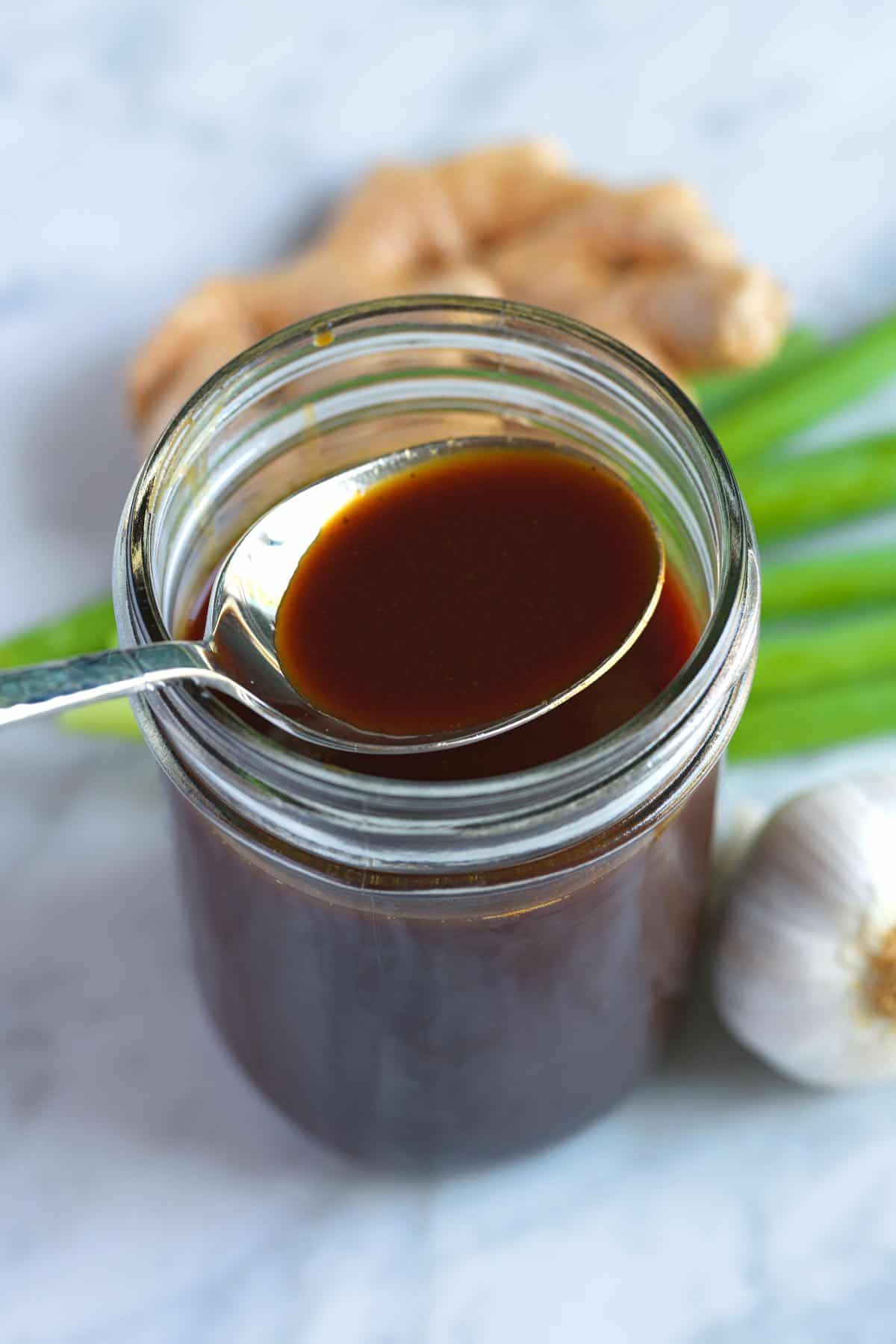
Store-bought hoisin tends to be excessively salty, overly sweet, and disappointingly thick. Our homemade hoisin sauce recipe tastes sweet, salty, tangy, and downright delicious. Use this umami-rich sauce for chicken, salmon, ribs, tofu, and veggies.
Since perfecting this recipe, we’ve explored so many ways to use it. To date, we’ve used it to make glazed salmon, tossed it with tofu, and used it for hoisin sticky ribs. We also love using this sauce to make these chicken lettuce wraps.
Key Ingredients
- Garlic, ginger, and green onion: Add fresh flavor to our sauce. I especially love the ginger in this homemade sauce.
- Light tamari or soy sauce: The foundation of our sauce’s salty, savory flavor. Light tamari offers a cleaner taste, but light soy sauce works nicely.
- Maple syrup and molasses: Sweeten our sauce and balance the salty tamari.
- Peanut butter: Makes the hoisin taste more complex. However, the finished sauce does not taste like peanut butter. You can substitute tahini or almond butter.
- Gochujang: Replicates the complex flavor of fermented beans in traditional hoisin sauce. For a substitute, use miso paste and add a dash of your favorite hot sauce for optional heat. We also use gochujang when making our easy shrimp marinade.
- Rice wine vinegar: Just a little vinegar brightens the sauce and brings all of the flavors together.
- Chinese Five Spice: A warm and fragrant blend of star anise, fennel, Szechuan peppercorns, cloves, and cinnamon. Look for this in the spice aisle of most grocery stores.
- Cornstarch: Thickens our sauce (optional, but recommended).
How to Make Hoisin Sauce
It only takes about 15 minutes to make hoisin sauce at home. You’ll need a small saucepan and a spoon or whisk.
To make it, sauté fresh garlic, ginger, and scallions until softened, then stir in everything left on your ingredient list. The peanut butter melts into the sauce, and the garlic and ginger perfume the sauce nicely. It tastes intensely flavorful.
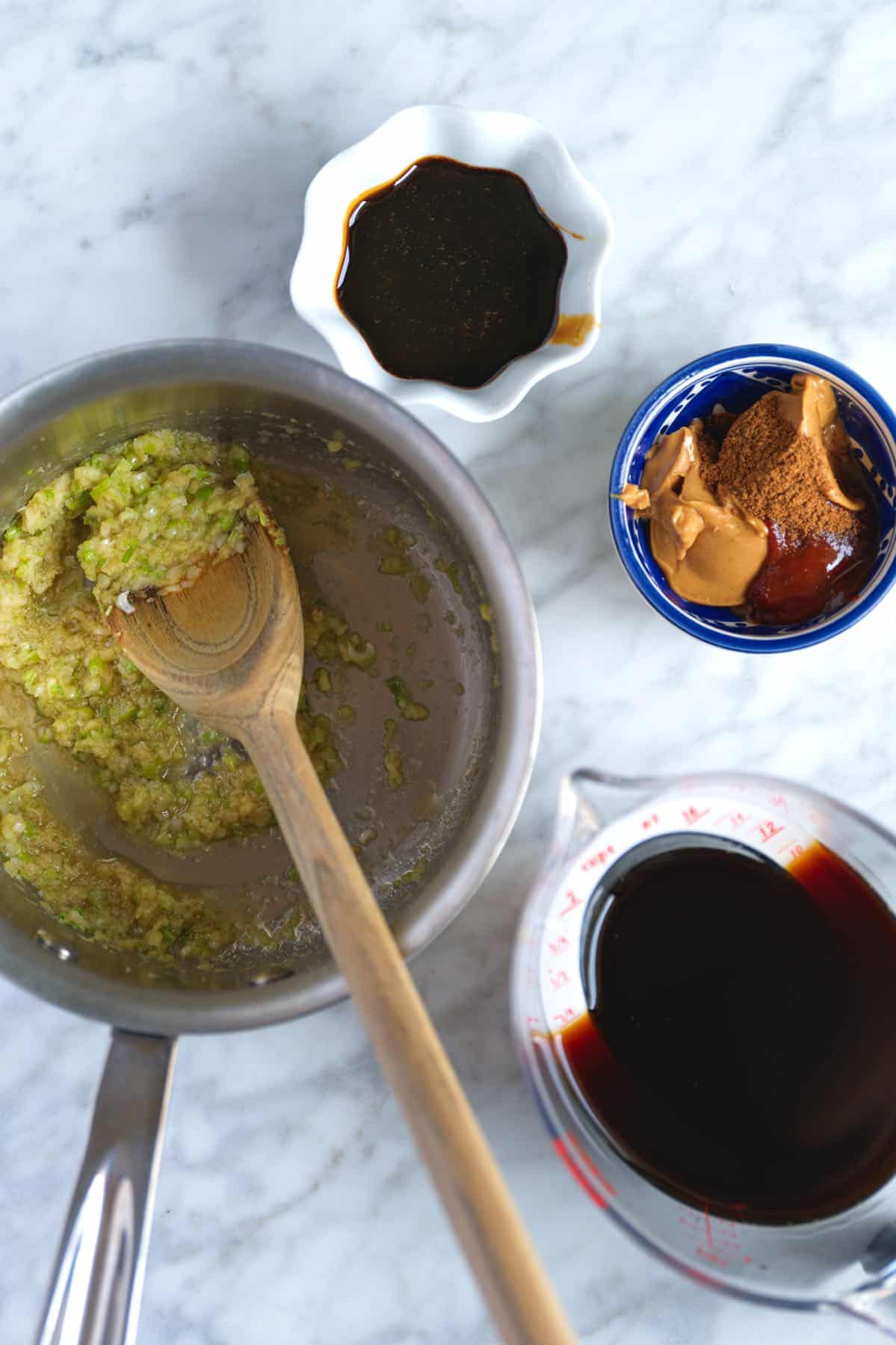
Our recipe includes cornstarch, which helps thicken the sauce. You can stick with our suggested amount or add more for a thicker sauce. (As written, the hoisin is slightly thinner than you might find with store-bought.)
We worked on this recipe with Chef Richard Hattaway, and I could not be happier. This hoisin sauce makes weeknight dinners so easy. Whenever I have something like chicken or tofu in the fridge and have no idea what to do with it, I reach for this sauce. Toss whatever you have in the fridge in some sauce and bake. Easy!
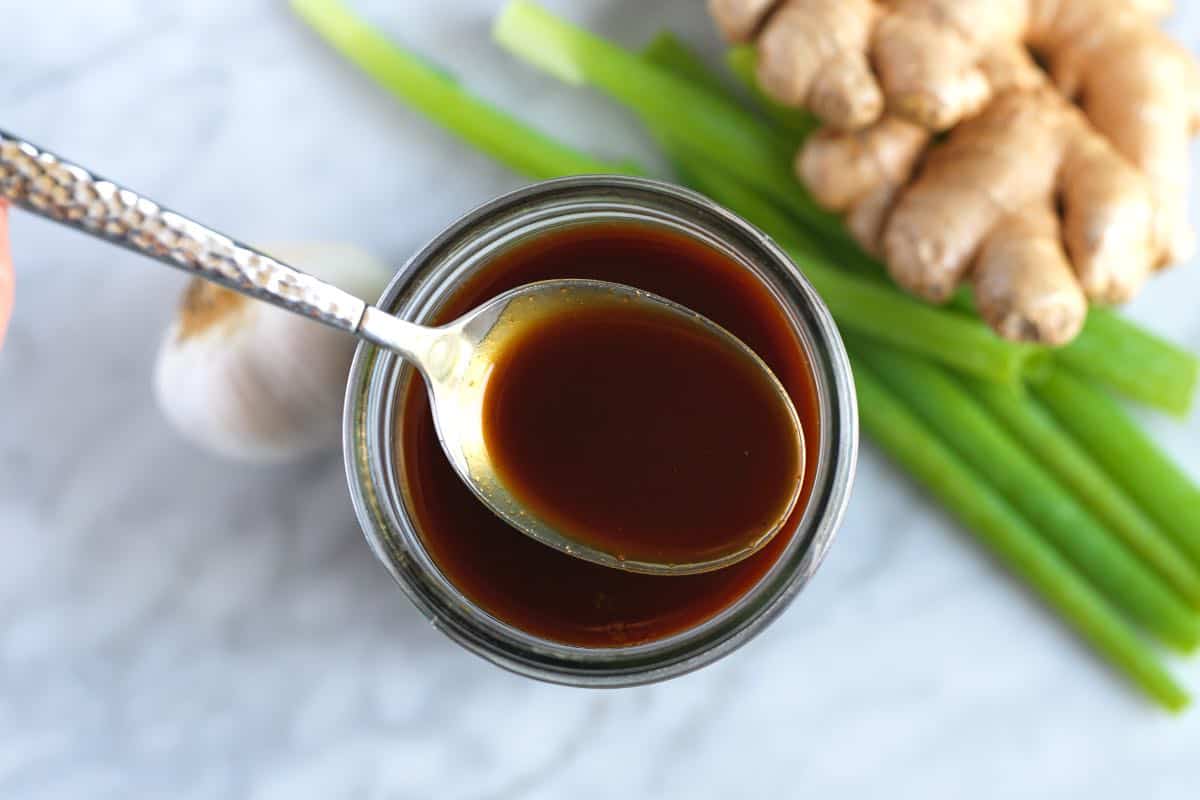
Hoisin Sauce (Better than Store-Bought)
- PREP
- COOK
- TOTAL
Hoisin sauce is a thick, flavorful condiment popular in Chinese cuisine, particularly Cantonese cooking. It’s added to stir-fries, marinades, and glazes (think Peking duck!). I find store-bought hoisin sauce too sweet, salty, and thick. Once you try this homemade hoisin sauce recipe, you’ll never need to buy it from the store again.
Watch Us Make the Recipe
You Will Need
1 tablespoon toasted sesame oil
2 cloves garlic, finely minced or grated
One 1-inch thumb-size piece fresh ginger, finely minced or grated
2 green onions, whites and light green parts only, finely minced
5 tablespoons (65g) light tamari or light soy sauce, plus more to taste
5 tablespoons (65g) pure maple syrup
2 tablespoons (30g) molasses
1 tablespoon (20g) peanut butter, try homemade peanut butter
1 ½ teaspoons Gochujang, see notes
1 teaspoon rice wine vinegar
1/4 teaspoon Chinese Five Spice, see notes
1/4 teaspoon cornstarch
Directions
1Heat sesame oil in a small saucepan over medium heat. Stir in the garlic, ginger, and green onion. Cook, stirring occasionally, until tender and translucent, 3 to 5 minutes. Set the saucepan aside to cool.
2Stir in soy sauce, maple syrup, molasses, peanut butter, Gochujang, rice wine vinegar, and the Chinese Five Spice. Return the saucepan to medium heat and, while stirring, slowly bring to a simmer. Taste the sauce and adjust with 1/2 tablespoon to 1 tablespoon of soy sauce if necessary.
3Make a cornstarch slurry by mixing 1/2 teaspoon cornstarch with 2 teaspoons water. Whisk the slurry into the sauce. As it simmers, the sauce will thicken. Once thickened, remove it from the heat and let it cool. Refrigerate homemade hoisin sauce for up to one month.
Adam and Joanne's Tips
- Storing: Homemade hoisin sauce can be refrigerated for up to 1 month. As it sits, it may separate. We store our sauce in an airtight glass jar, which allows us to shake it to combine before using it. The sauce also freezes well. Keep it in a freezer-safe container in the freezer for up to 3 months.
- Gochujang: Gochujang is a spicy Korean condiment made with rice and fermented soybeans. Substitute miso paste, and if you’d like to add some spice, add a dash or two of hot sauce or chili paste like sambal oelek.
- Adjusting to your taste: Feel free to adjust the spice level, saltiness, and sweetness to your taste. I love the heat from Gochujang, but you can substitute it with miso paste if you’d prefer.
- Thickness of the sauce: I like to keep this on the thinner side, which makes it more saucy when tossing it into stir-fries or slathering it over ribs. Increase the cornstarch for a thicker sauce.
- Gluten-free: Double check that all products are labeled gluten-free (especially the soy sauce or tamari) for gluten-free hoisin sauce.
- The nutrition facts provided below are estimates.

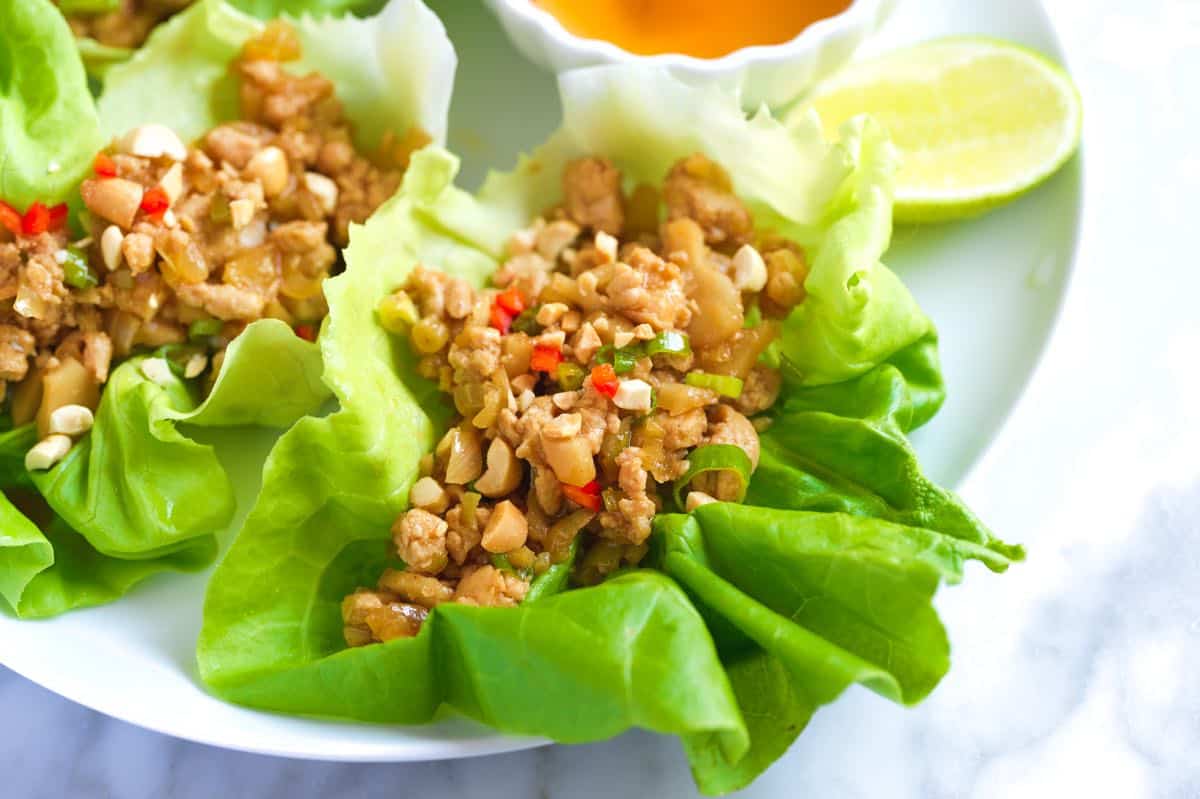
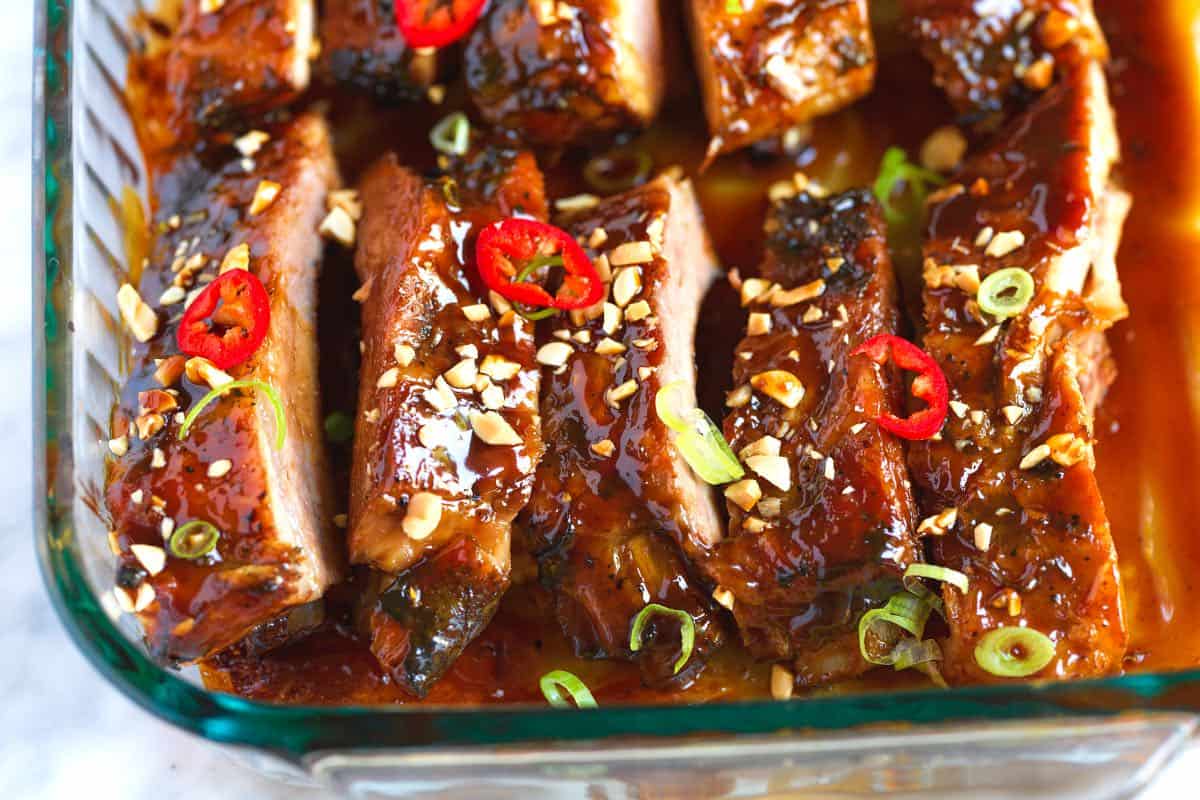
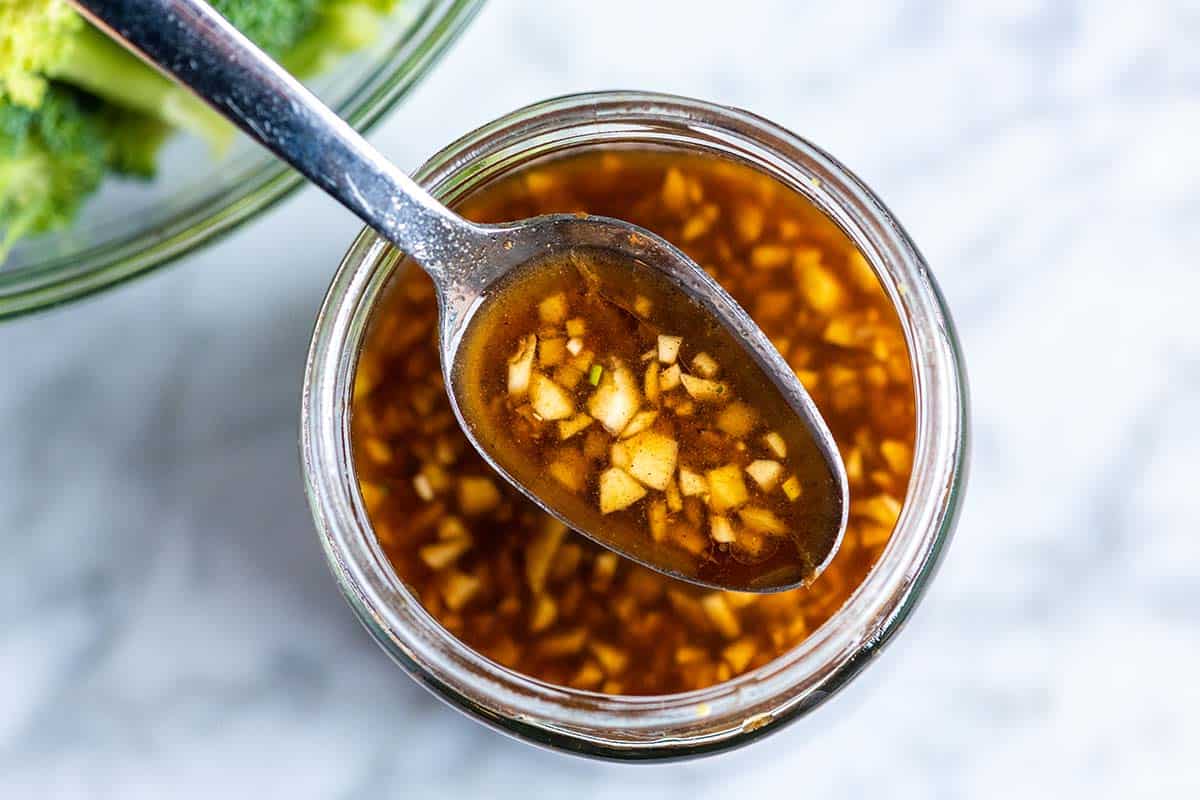
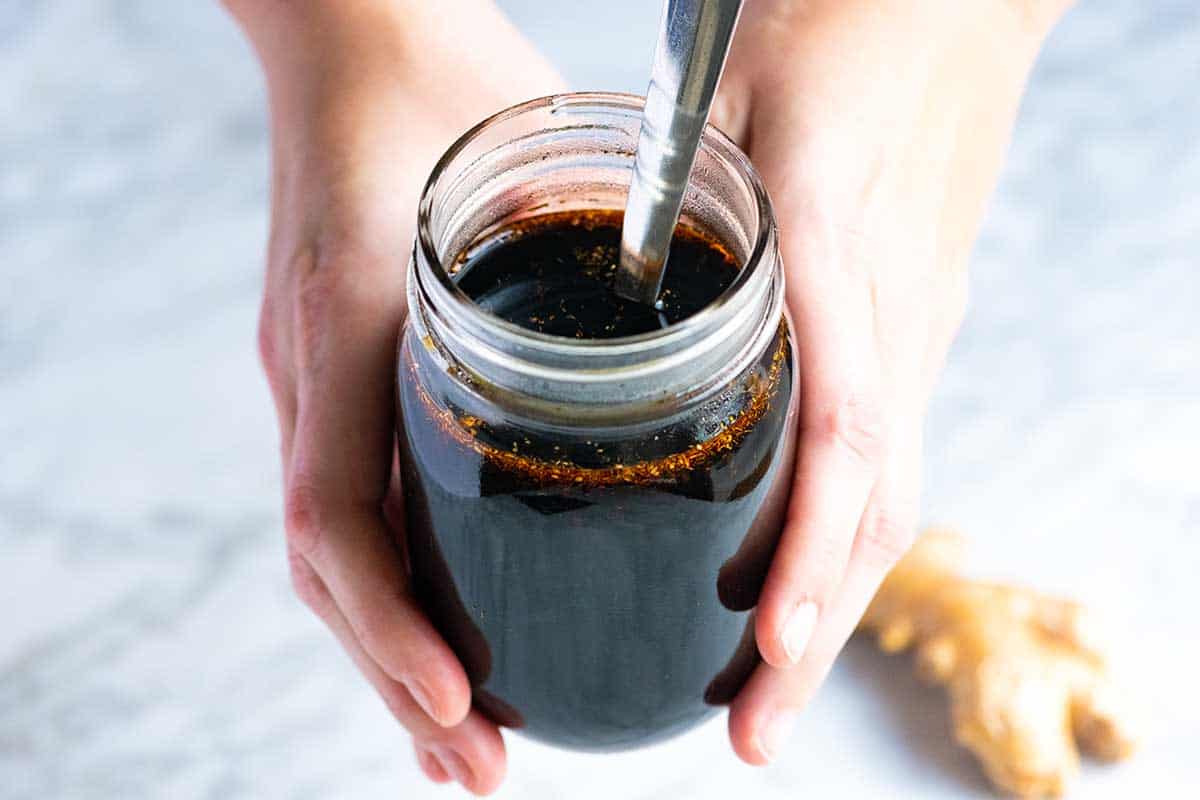
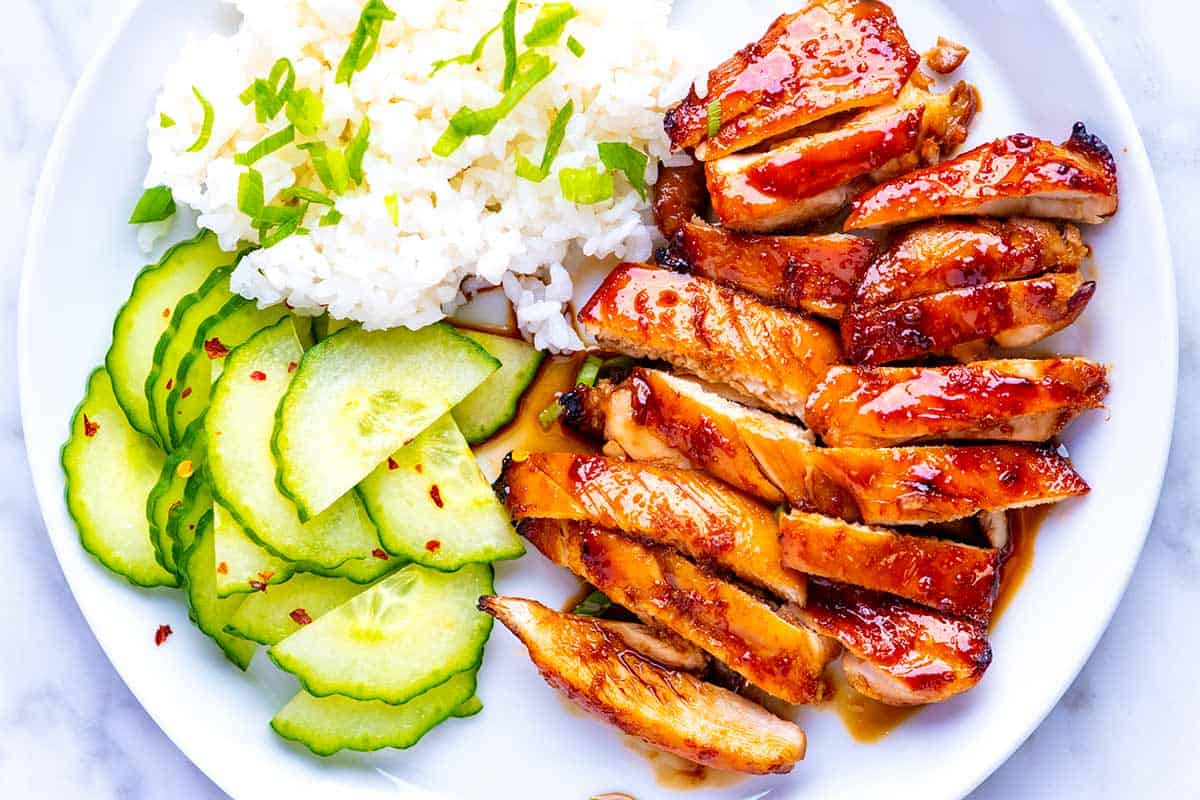
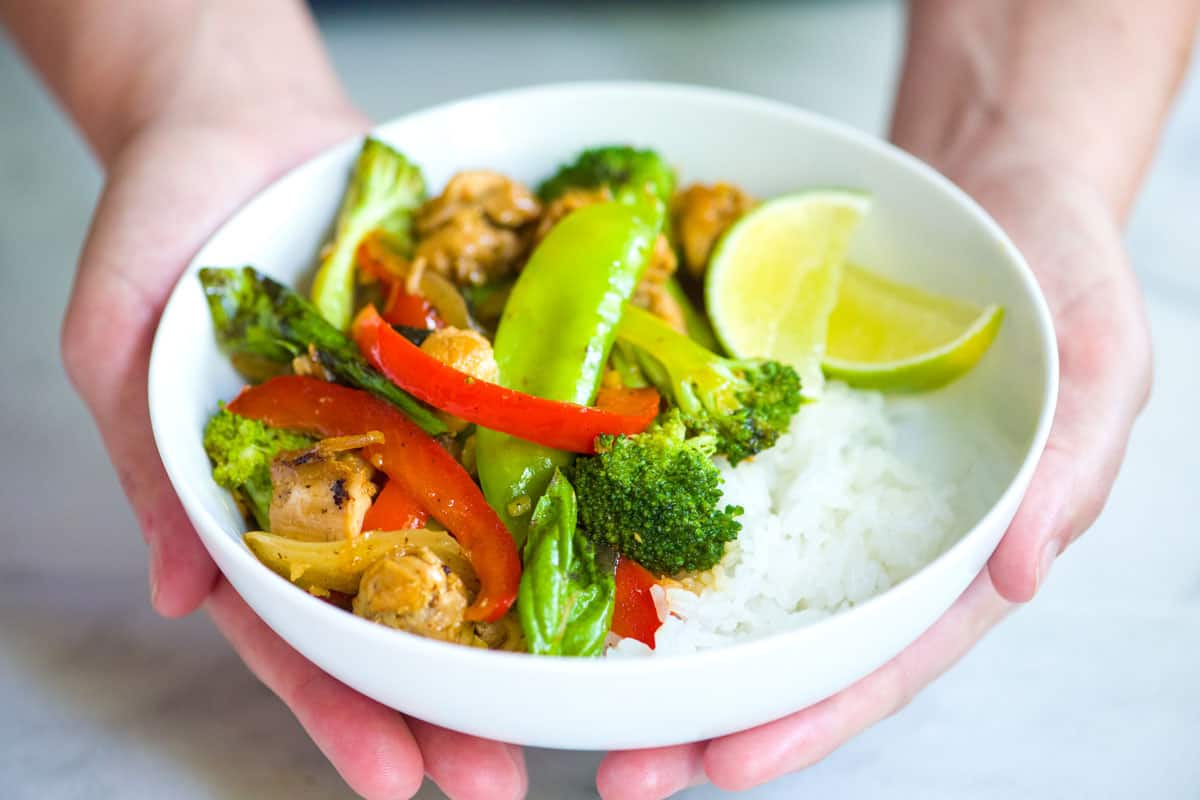


I made this (doubled) for Hoisin Ribs (also on your site). I omitted the 5-spice as didn’t have any) but even so, it is soooooooo good. There’s that “umami” flavour that so many sauces miss – – – but this one has it in spades.
5*
So glad you enjoy it, Len! Thanks for coming back!